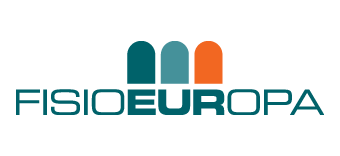Joint mobilizations aim to restore a correct range of joint movements. There are different types of mobilizations, osteopathic mobilizations, which work on the bone segments, myotensive mobilizations, which exploit muscle contraction to correct the bone system and finally reflexogenic mobilization that exploit reflex mechanisms.
Mobilization is a passive movement performed on a skeletal joint with the aim of restoring a correct range of movement.
Joint mobilization techniques are used to improve joint mobility and reduce joint pain by restoring accessory movements and thus allowing a complete joint excursion, without limitations and without pain. The mobilization techniques can be used to achieve various therapeutic objectives, both mechanical and neurophysiological: pain reduction, reduction of muscle defense contracture, stretching of surrounding tissues, in particular of the capsule and ligaments, reflexogenic effects that can facilitate or inhibit the muscle tone or the stretch reflex, postural effects that improve postural and kinesthetic awareness.
When mobilizations are applied to the spine they are known as cervical, dorsal, or lumbar mobilizations based on the segment of spine affected.
Osteopathic mobilizations or manipulations are aimed at repositioning the vertebra or the skeletal segment in dysfunction through a therapeutic gesture called ‘thrust’. The normalization process is exercised on a mechanical level, as the joint positioning and the sense of direction of the thrust produce an action of decoaptation, separation of the fixed joint facets, leading to the release of the join t mechanical constrictions. Furthermore, joint normalization acts on the neuromuscular level, causing a stretching of the hypertonic muscles that block and fix the dysfunction with their tension.
CONTRAINDICATTIONS:
The mobilization and manipulation techniques should not be used in the case of inflammatory limbs, bone tumors, neurological involvement, bone fractures, the presence of internal fixation or stabilization devices and pathologies affecting the vertebral artery.
This post is also available in: Italian Chinese (Simplified)
Specialized Medicine
About us
Address: Via dell’Umanesimo 308 00144 Roma EUR
Telephone: +39 06.5910.802
E-mail: info@fisioeuropa.it
Privacy Policy – Cookie Policy
Schedule
Mon-Fri: 8:30 – 20:00
Saturday: 9:00-13:00
Sunday: closed
Visits by appointment
